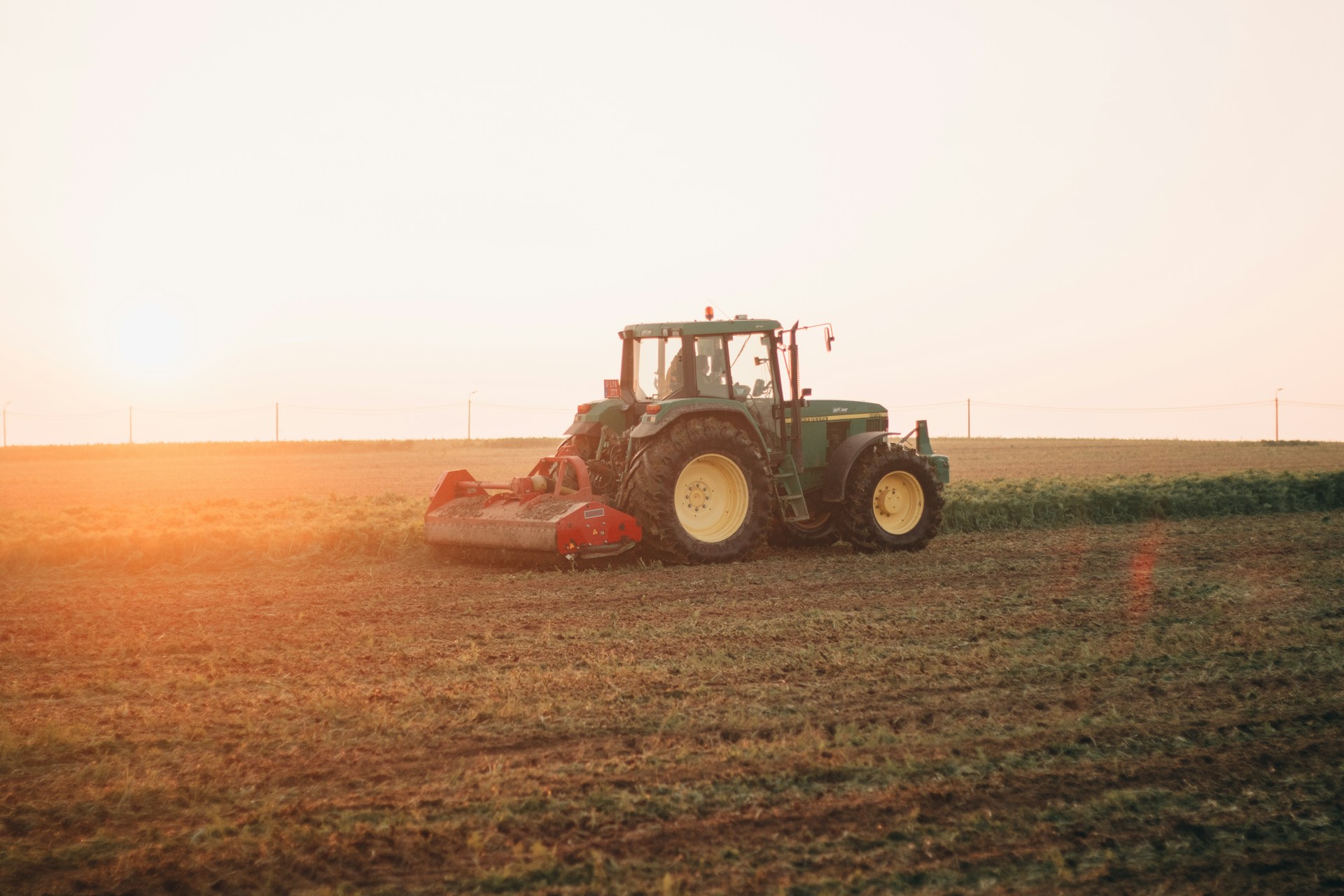
The Importance of Land Leveling: Why It Matters for Agriculture and Beyond
Share
Introduction: Understanding the significance of land leveling
Land leveling is a necessary process for agriculture and beyond. It involves the manipulation of the earth's surface to make it level, flat, or uniform in terms of slope and elevation. This process can be achieved through different methods, such as using heavy machinery, hand tools, or chemical treatments. Land leveling is vital in many industries, including agriculture, construction, and landscaping, and has numerous benefits that cannot be overstated.
The role of land leveling in agriculture
In agriculture, land leveling is critical for the optimal growth of crops. When farmland is not level, water will not be distributed evenly, leading to waterlogging in some areas and drought in others. This can have a significant impact on crop yields, as the plants will not receive enough moisture or nutrients to thrive. In addition, uneven terrain can make it difficult to plant and harvest crops, increasing the risk of damage to machinery and the crops themselves. With land leveling systems, farmers can ensure that their crops have access to adequate water and nutrients, leading to higher yields and healthier plants.

Benefits of land leveling in irrigation and soil conservation
Another benefit of land leveling is improved irrigation. When the land is level, irrigation water can be distributed more efficiently, reducing waste and increasing water use efficiency. This is especially important in regions where water is scarce, as farmers can make the most of the available resources to grow crops. Furthermore, land leveling can help prevent soil erosion, as water will not flow uncontrollably across the land, carrying away topsoil and other valuable nutrients.
The importance of land leveling in construction
Land leveling is also crucial in the construction industry. When building a structure, the ground must be level to ensure a stable foundation. Uneven terrain can cause structural issues, leading to costly repairs and potential safety hazards. By leveling the land before construction, builders can ensure that the foundation is solid, reducing the risk of future issues.
In addition, land leveling is essential in landscaping. When creating a garden or outdoor living space, a level surface is necessary to ensure that structures and features are secure and stable. It can also improve the aesthetic appeal of the space, as a level lawn or garden bed provides a clean and polished look.
Furthermore, land leveling has benefits beyond agriculture, construction, and landscaping. It can be used to create recreational spaces, such as sports fields or parks, providing a safe and even surface for activities. In addition, leveled land can be used for wildlife habitats, supporting a variety of plant and animal species.
Different methods of land leveling and their pros and cons
There are various methods used for land leveling, each with its own advantages and disadvantages. The most common method is using heavy machinery, such as bulldozers or graders, to level the land. This method is efficient, fast, and effective for large areas but can be expensive and may require significant expertise. Hand tools, such as shovels and rakes, can also be used for smaller areas or to touch up uneven spots. This method is labor-intensive and time-consuming but can be more cost-effective and environmentally friendly.
Another method is using chemical treatments, such as soil amendments or fertilizers, to level the land. This method is less common and is typically used for small-scale projects, as it may not be suitable for large areas. However, it can be effective in improving soil quality and providing the necessary nutrients for plant growth.

Conclusion: The significance of land leveling for a better future
In conclusion, land leveling is a crucial process for agriculture and beyond. It provides numerous benefits, including improved crop yields, efficient irrigation, and stable foundations for construction projects. It can also enhance the aesthetic appeal of outdoor spaces and support wildlife habitats. There are various methods for land leveling, each with its own advantages and disadvantages, but the importance of the process cannot be overstated. By ensuring that the land is level and uniform, we can make the most of our resources and create a better future for generations to come.
FAQ
Q: What is land leveling?
A: Land leveling is the process of making the earth's surface level, flat, or uniform in terms of slope and elevation.
Q: Why is land leveling important in agriculture?
A: Land leveling is crucial in agriculture because it ensures that crops have access to adequate water and nutrients, leading to higher yields and healthier plants.
Q: How does land leveling benefit irrigation and soil conservation?
A: Land leveling can improve irrigation efficiency by allowing for more even distribution of water, reducing waste and increasing water use efficiency. It can also help prevent soil erosion by controlling the flow of water across the land.
Q: What is the importance of land leveling in construction?
A: Land leveling is important in construction because a level surface is necessary to ensure a stable foundation. Uneven terrain can cause structural issues, leading to costly repairs and potential safety hazards.
Q: Can hand tools be used for land leveling?
A: Yes, hand tools such as shovels and rakes can be used for smaller areas or to touch up uneven spots. However, this method is labor-intensive and time-consuming.
Q: What are the different methods of land leveling?
A: The most common method is using heavy machinery, such as bulldozers or graders, to level the land. Hand tools and chemical treatments can also be used for smaller areas or touch-ups.
